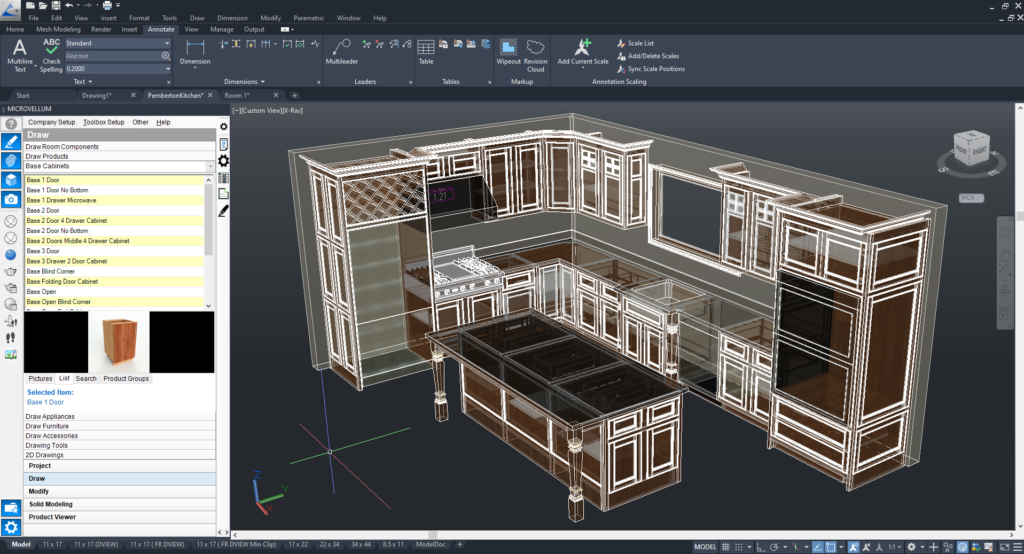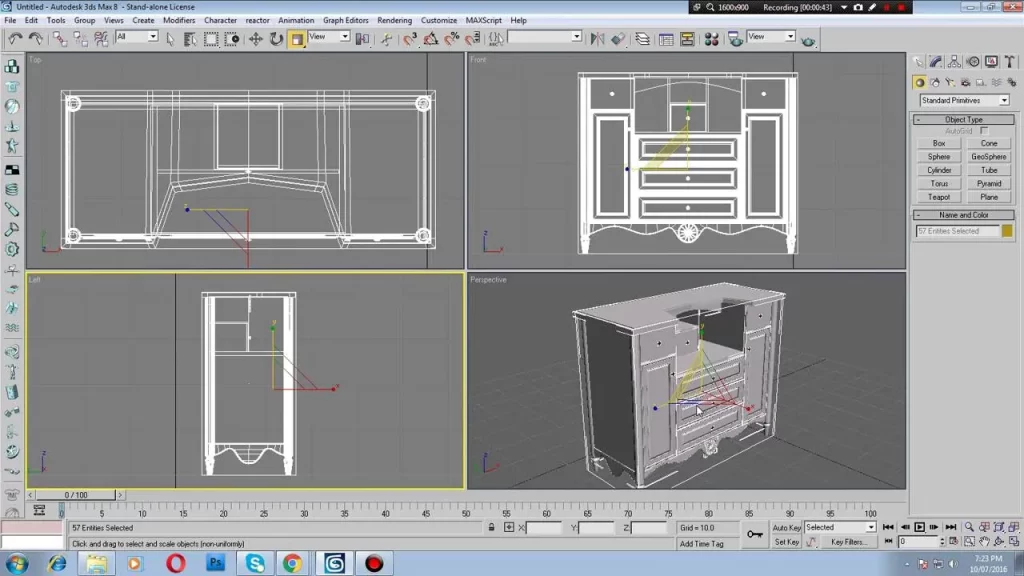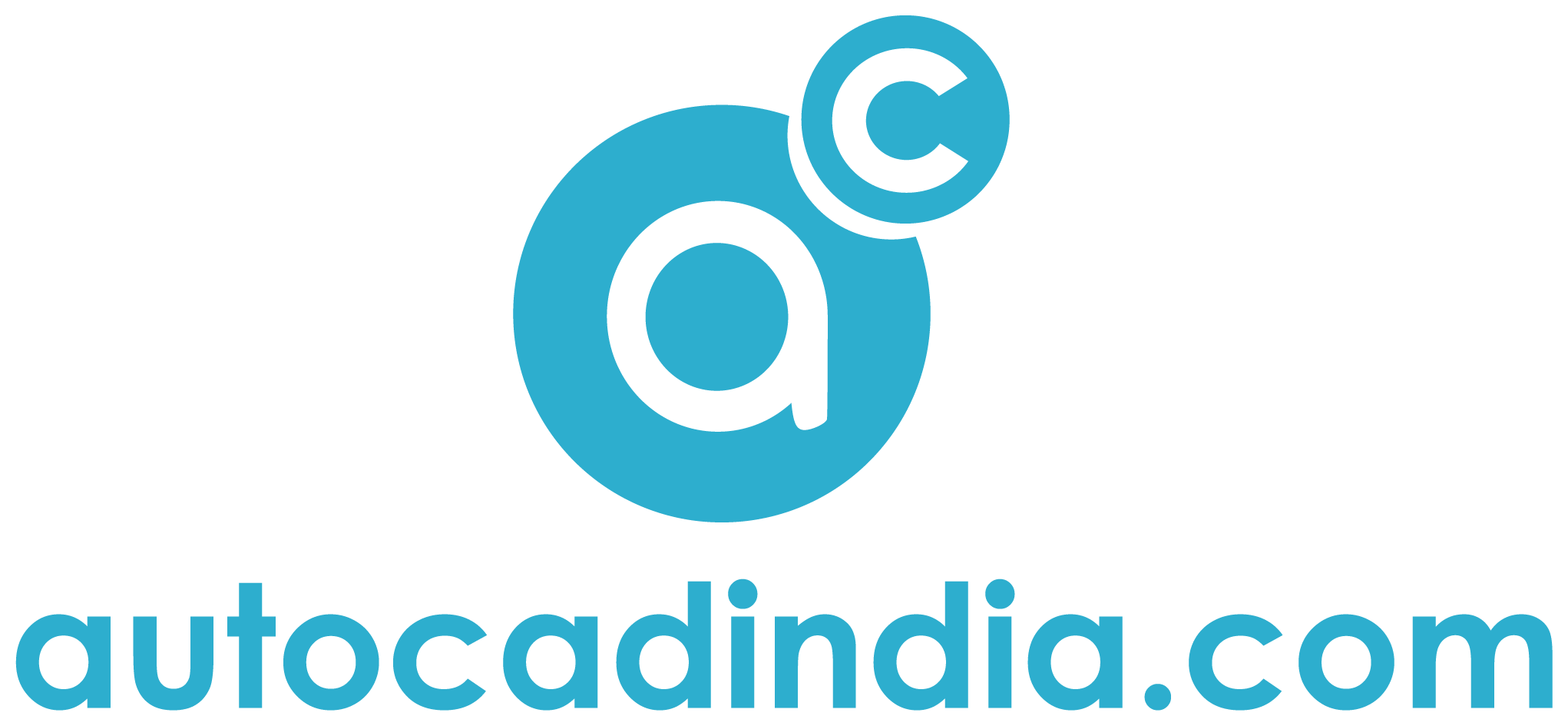The Importance of 2D to 3D CAD Conversions 2024
- November 10, 2023
Do you know shifting from 2D to 3D CAD (Computer-Aided Design) is a remarkable change? It’s comparable to going from simple black and white to vibrant color or from flat drawings on paper to a world that feels real. However, what makes this change so crucial? Hear out the importance of 2D to 3D CAD conversions.
In the past, CAD was often two-dimensional (2D), much like simple sketches on paper. But over time, technology evolved, leading to three-dimensional (3D) CAD, like bringing drawings to life with depth and shape.
Let’s explore the deep significance of 2D to 3D CAD conversions and how they are completely changing the way we approach design and innovation.
The Basics of 2D & 3D CAD Conversion
The Importance of 2D to 3D CAD Conversions

Before we dive into why switching from 2D to 3D CAD is so important, we need to get the basics right. CAD, which stands for Computer-Aided Design, is like a special computer tool used by engineers and designers to make accurate pictures and models of things. It’s like drawing on a computer.
Now, in the past, CAD was mostly like making flat drawings, sort of like the drawings you might do with pencils and paper. Think of it like old-fashioned blueprints that builders used to use, where everything was flat and two-dimensional (2D).
But as technology got better and smarter, a new kind of CAD came into the picture. This new CAD is like adding a third dimension, which means you can make things that look real, like they have height, width, and depth, just like the things you see around you in the real world.
So, this shift from 2D to 3D CAD is like upgrading from drawing on a flat piece of paper to creating three-dimensional models that seem to pop out from the computer screen. It’s a bit like going from a black-and-white photo to a colorful one, where everything comes to life, and you can see it from all sides. And that’s why it’s such a big deal!
The Importance of 2D to 3D CAD Conversions
The Importance of 2D to 3D CAD Conversions
Moving from 2D to 3D CAD is a big deal for many jobs and industries. It’s like going from looking at a still photo to stepping into a fantastic virtual world. But why is this change so important? Let’s dig into it:
1. Enhanced Visualization – Seeing Things Better
With 3D CAD, we can make things look much more real on the computer. It’s like making a detailed model of an object, like a toy or a building. You can spin it around and look at it from all sides. This helps the people who design and build things to understand them much better. It’s like being able to look at a house from the front, back, sides, and even from above, all before it’s built. This is a huge help!
2. Improved Collaboration – Working Together Better
In the 2D world, talking about ideas and designs can be tricky. But with 3D CAD, it’s like everyone speaking the same language. People working on a project can understand and talk about the design much more easily. This makes teamwork smoother, like when everyone is on the same page in a book.
3. Error Reduction – Fewer Mistakes
3D CAD is super accurate. It helps find mistakes early in the design phase. Imagine if you were making a model car. With 3D CAD, you can spot any problems or mistakes before you even start building it with real materials. Fixing mistakes at this stage saves a lot of time and money. It’s like having a magic mirror to see what your car will look like, and if you find something wrong, you can fix it before making the real car.
4. Saving Money – Keeping Costs Down
When you catch mistakes before making something in real life, it saves a lot of money. In the 2D world, mistakes found after making something can be costly to fix. 3D CAD helps avoid these expensive surprises.
5. Boosting Creativity – Thinking Outside the Box
The Importance of 2D to 3D CAD Conversions
3D CAD lets people come up with super cool and imaginative ideas. It’s like a magic tool that helps you create designs that are much more creative and complex than what you can do with just drawings. This encourages designers to think in new and exciting ways. It’s like going beyond the usual and thinking of amazing new things!
In a nutshell, switching from 2D to 3D CAD is like upgrading from looking at flat pictures to exploring lifelike 3D models. It helps people understand and work on projects better, reduces mistakes, saves money, and sparks creativity.
This change affects many jobs and industries, making them more efficient and innovative. Whether you’re designing a house, building a machine, or creating something entirely new, 3D CAD is like a magical tool that makes everything better!
The Impact Across Industries
The Importance of 2D to 3D CAD Conversions
Imagine a super helpful tool that makes many different jobs easier and better. 3D CAD is just that tool, like magic for various industries. Here are some examples of how it’s making a difference:
1. Architecture and Construction – Building Amazing Places
Think about architects who design beautiful buildings. With 3D CAD, they can create super-realistic 3D models of these buildings. Clients can then take a virtual tour of the building before it’s even built. It’s like walking through a building that’s only on a computer screen.
This not only helps make the designs better but also makes it easier to get permission to start building. It’s like showing a sneak peek of a new movie to get everyone excited.
2. Manufacturing – Making Cool Stuff Faster

Now, in the world of making things, like toys or machines, 3D CAD is a game-changer. It helps create very detailed models of these things. It’s like making a super-detailed toy before you build it for real. This speeds up how fast you can make new products and get them out to people. It’s like having a secret recipe to bake cookies much faster and yummier.
3. Aerospace – Flying Safely in the Sky
The aerospace industry is all about airplanes and spacecraft. These need to be super precise and safe. 3D CAD helps engineers design tricky parts and test them on the computer. It’s like building and flying an airplane in a virtual world to ensure it’s safe and works perfectly. It’s like practicing a magic trick over and over until you get it just right.
4. Medical Devices – Creating Tools for Health

Medical devices are the tools that help doctors take care of us. Designing them needs to be perfect. 3D CAD helps make very detailed models of these devices. It’s like making a super-detailed dollhouse of a hospital room, with tiny equipment, before it’s made for real. This helps make sure everything works and is safe. It’s like being extra careful with toys to make sure they’re safe to play with.
5. Entertainment and Gaming – Making Fun and Magic
Lastly, the world of entertainment and gaming is all about having fun. 3D CAD helps artists and game creators bring characters, places, and objects to life in 3D. It’s like making the characters in a video game look super cool and lifelike. This makes the games and movies more exciting and enjoyable. It’s like using a special paint that makes your drawings come to life like in a fairy tale.
So, 3D CAD is like a magical tool that makes all these jobs easier and more fun. It’s like having a superpower that lets you create and design amazing things. Whether you’re building beautiful buildings, creating new toys, flying in the sky, taking care of health, or having fun in games and movies, 3D CAD is the secret sauce that makes it all possible!
Challenges and Considerations
The Importance of 2D to 3D CAD Conversions
While 2D to 3D CAD conversions offer numerous benefits, they are not without challenges. Transitioning to 3D CAD often requires an initial investment in software and training. Additionally, managing the vast amount of data generated by 3D models can be a challenge, but the benefits far outweigh these challenges.
In conclusion, the importance of 2D to 3D CAD conversions must be balanced. It’s a technological leap that enhances visualization, improves collaboration, reduces errors, and fosters innovation. This shift has touched a wide array of industries, from architecture to aerospace, and promises a future of better, more efficient design and engineering.
So, whether you’re an architect planning your next masterpiece or an engineer working on cutting-edge technology, the transition to 3D CAD is a step worth taking.
In a world where design and innovation are at the forefront, 2D to 3D CAD conversions are the bridge that connects imagination to reality. They are the tools that empower us to create, explore, and build a brighter future.
